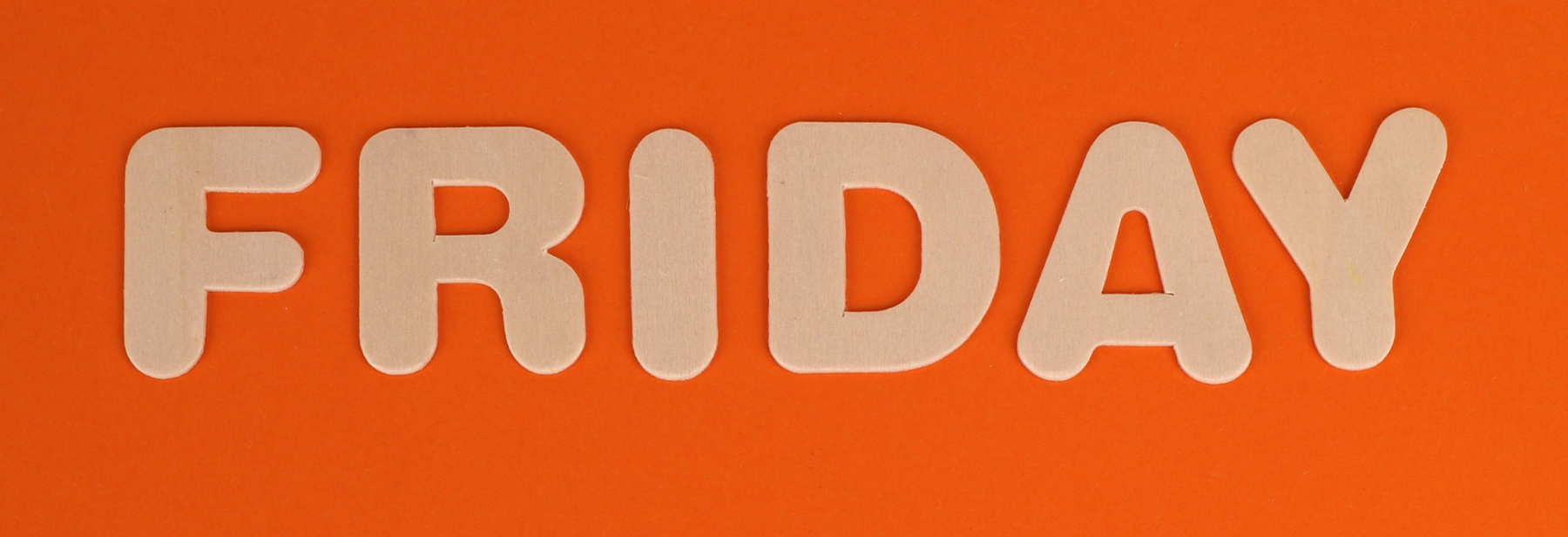
ServiceFriday: The Benefits of In-Store Sampling
We all love to shop at stores like Costco, where samples can be found throughout the aisles for us to enjoy while perusing. Many other grocery and retail stores have taken up this practice as well with the goal to increase customer sales and store loyalty. While this may be an effective strategy to convince customers to purchase a product in the immediate moment however, how effective is this in the long-run?
According to the article, “An Assessment of When, Where and Under What Conditions In-Store Sampling is Most Effective,” in-store sampling is typically the preferred method for businesses when promoting products for a few reasons. Firstly, it appeals to consumers’ senses. It “provides consumers with an evocative, visceral experience that allows them to touch, taste and smell the product, thus appealing to both hedonic and utilitarian values” (the pleasant or unpleasant sensations it provides and whether it is deemed practical). This has a stronger impact on driving sales than other forms of marketing activity such as advertising.
In-store sampling provides a few other benefits for retailers and manufacturers. As opposed to price-based promotions such as temporary price reductions, coupons, or rebates, sampling adds “value to a product by encouraging trial without reducing margins or altering consumer expectations of price.” It can also enhance the overall shopping experience for consumers, leading to increased store loyalty and sales.
As in-store sampling occurs at point-of-purchase, consumers are more likely to make a quick decision to buy the product in the moment. Businesses might choose to conduct sampling events once to introduce consumers to a new or existing product with the intent of converting them to the product. This would hopefully lead to repurchase in the future, but research has shown that repeating sampling events more than once can “reinforce perceptions of the positive benefits of the product,” thus improving sales in the long-run.
By observing the effects of the placement of samples in a store, overall characteristics of the store’s physical appearance, and how many times a sampling event occurs, it was concluded that in-store sampling events have both “an immediate (short-term) and carryover (long-term) effect,” although the significance of the short-term is larger than that of the long-term. Therefore, as enjoyable as these events can be for a consumer, they can prove to be just as beneficial for a retailer’s profits.
To read the full article visit the Journal of Retailing. (A fee may apply.)